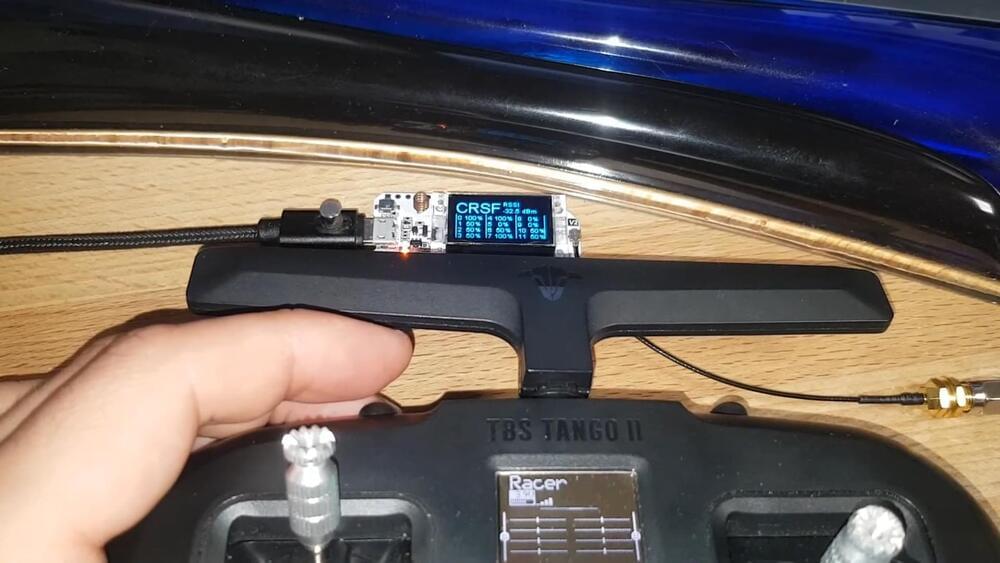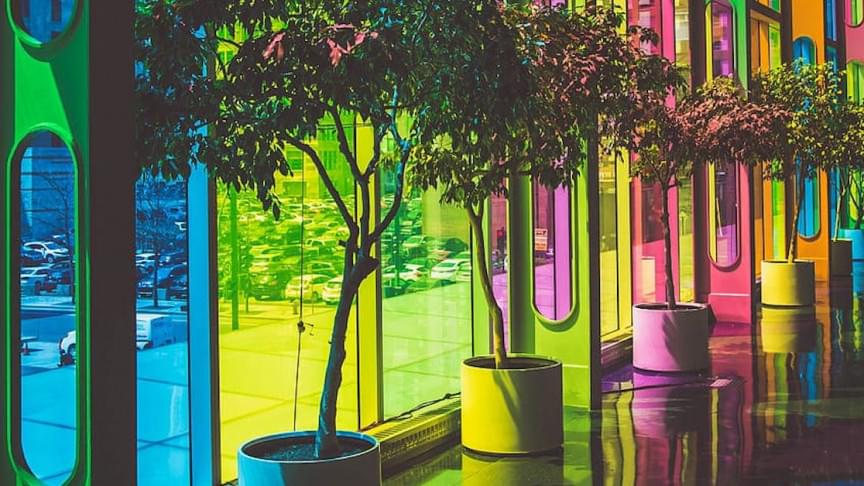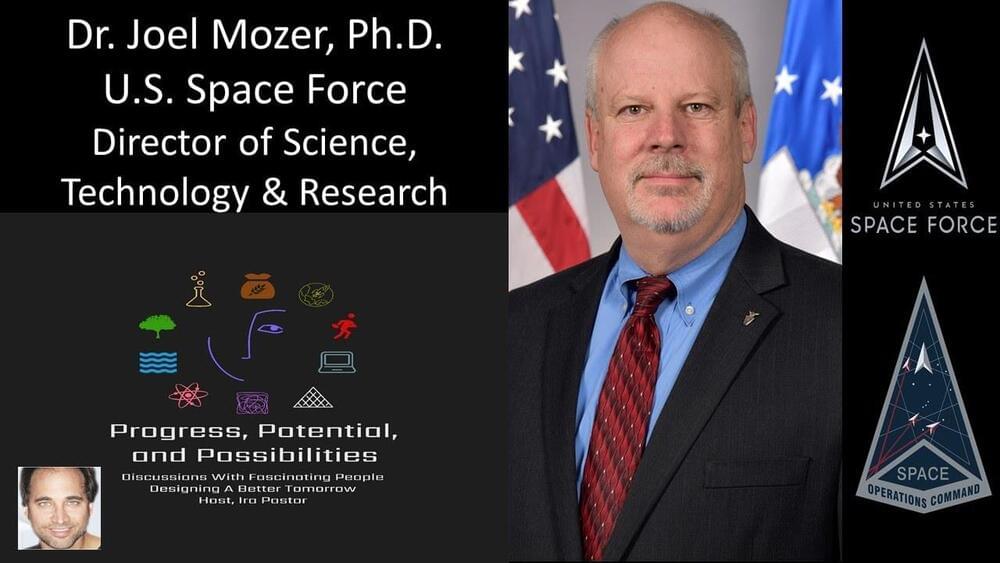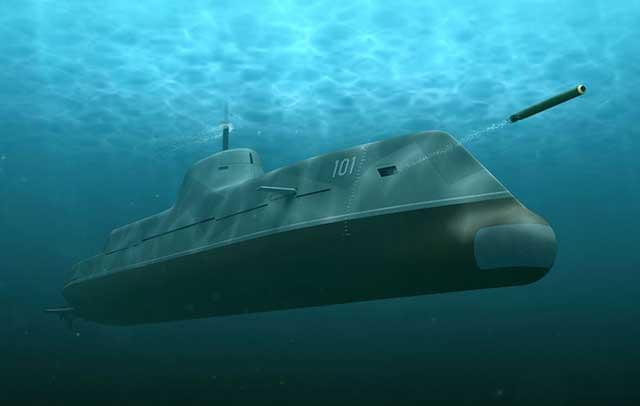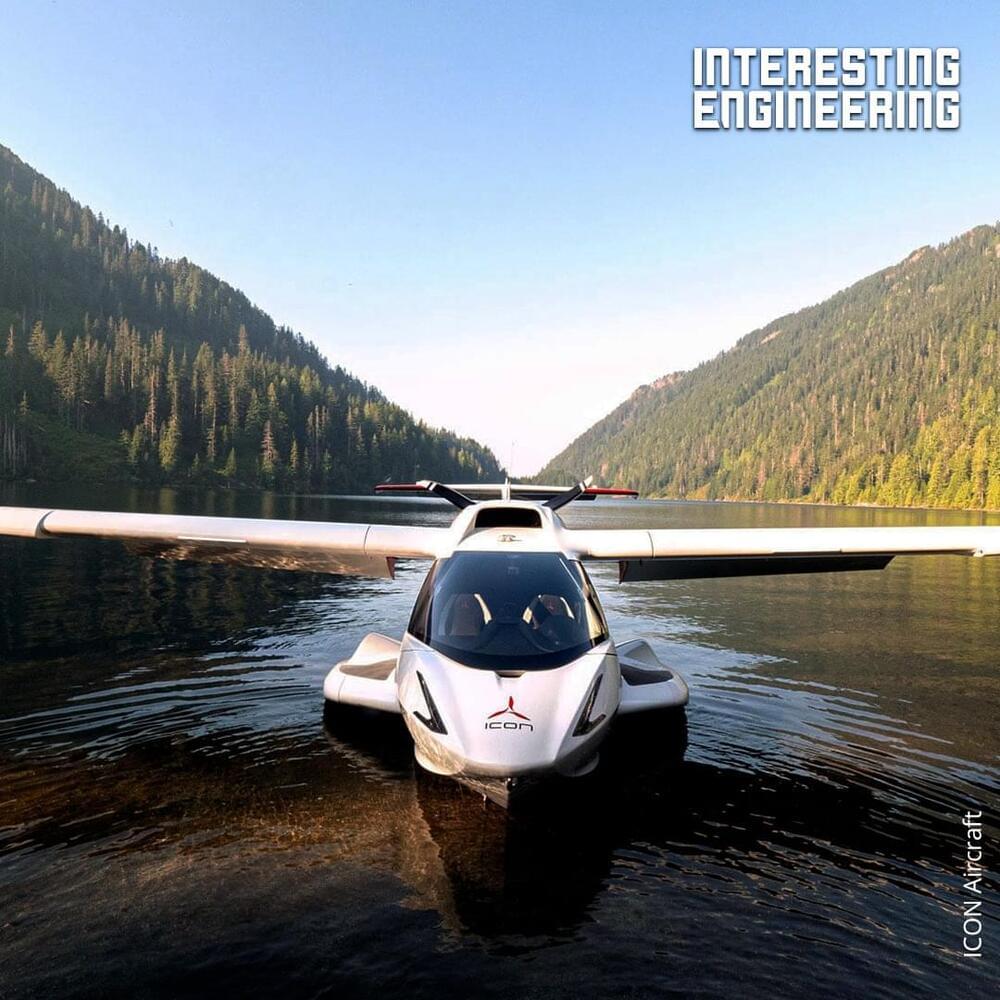Feb 21, 2022
“Self-Destruct” Switches Engineered Into GM Microbes
Posted by Jose Ruben Rodriguez Fuentes in categories: biological, chemistry, engineering, genetics, space
Tae Seok Moon, associate professor of energy, environmental and chemical engineering at the McKelvey School of Engineering at Washington University in St. Louis, has taken a big step forward in his quest to design a modular, genetically engineered kill switch that integrates into any genetically engineered microbe, causing it to self-destruct under certain defined conditions.
His research was published Feb. 3 in the journal Nature Communications.
Moon’s lab understands microbes in a way that only engineers would, as systems made up of sensors, circuits and actuators. These are the components that allow microbes to sense the world around them, interpret it and then act on the interpretation.

